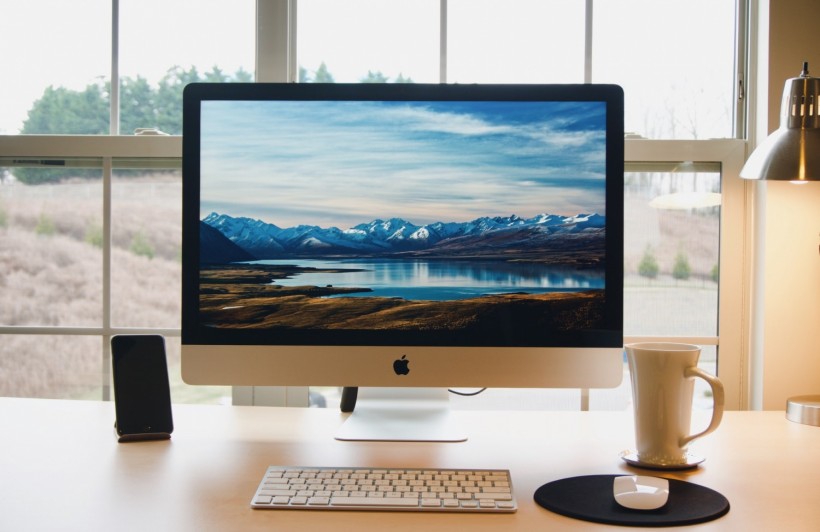Nine Ways To Speed Up Your Mac Systems

Whether you own an old Mac or have just bought yourself a brand-new machine, there will be a time when your machine starts to lag. You could encounter problems like the apps not responding, or the booting process takes longer than usual. You may even find that your videos start to lag. Something is obviously not right, and there needs to be a quick fix. If you're thinking to yourself every morning why your computer is running slow and what you can do to speed it up, it is your lucky day! We're going to address not one but nine amazing optimization techniques that can improve the performance of your MacBook, iMac, MacBook Air, Mac Pro, MacBook Pro, or any other Mac device that you own!
Here are the Top Ways to Speed Up a Mac Device Explained:
Clean up your Mac's system documents and files
A clean Mac results in a lightning-speed system. Having lots of clutter in your documents can result in lowered disk space and unresponsive applications. This in turn can make your system incredibly slow. Make sure you're regularly cleaning out temporary trash data and junk files to save yourself the frustration of having to do the whole lot together.
Find & Kill Draining Processes
If your system is slower than usual or you notice that your system begins to heat up for no reason, you most likely have some unnecessary processes running in the background. Here's how you can find what is happening inside your Mac:
- Select Go on your macOS system bar and click on Utilities.
- Go to Activity Monitor. This is where you can get all kinds of insight related to your device's health and performance, but it can be overwhelming. Take a look at your CPU and see what is consuming more than 3-4% of the capacity. If it is not necessary for the function, make sure to kill the application and find an improvement in your system. For example, Youtube takes up a lot of processing capacity.
Keep in mind that if something keeps popping up over and over again, and is way up on this list, the program will most likely slow your system down and needs to be disabled. Better yet, if there is no utility of such an application, uninstall it from your Mac.
Speed-up the System's Startup Time
Has it been taking too long ages for your system to boot and get started? You may want to consider disabling the startup programs and speed it up. The boot time will improve if you cut down the background process.
Delete Unused Applications
There are many application zombies lurking in the background and storage if you check thoroughly. This is because we often forget to clean our systems once an application has no use to us. Instead, make it a point to revisit your system application settings once a month and uninstall anything that you haven't been using.
Keep your macOS System Up to Date
You may have noticed how in the new macOS releases, the systems used to slow down. However, those are the days of the past and the new releases make your Mac even more efficient. Apple now aims to trim features and optimize resource use, which helps to speed things up on the MacBook, Mac Mini, or Mac Pro. macOS Sierra and Yosemite have gotten a lot done in the optimization and speed improvement forte, with Catalina making things even better. Make sure that you enable auto-updates so that you don't miss out or delay any of these.
Upgrade the System's RAM
If none of the tips above have helped speed your Mac up yet, and if the system is still sluggish, then there might be a problem with the hardware. The method to boost the speed of Mac's disk is generally by expanding the RAM. RAM refers to the short-term memory of your computer.
Unfortunately, Macs are not particularly renowned for their upgrades, which is why it is recommended that you check Apple's support for MacBooks, iMacs, or Mac Pro for memory upgrade permissions. Follow their instructions carefully or get it done by an expert.
Swap the HDD with an SSD
Do you want a highly upgraded speed and performance? Chucking the old-school hard disk to bring in a lightning-fast SSD will do the trick for you. The difference will look at using something to load your data or programs at 100 MBPS to 3500 MBPS. Also, these are some of the most economical ways to get your system upgraded and enjoy a speed boost at the same time.
Cut Down on Visual Effects
macOS has a great eye-catching visual set that makes using the device a pleasure. However, it can cause motion sickness to many users, and also slow down the speed of your device. To speed up your computer, turning the visual effects and animations off and notice the clear difference. Here's how to go about it:
- Click the Apple menu and go to System Preferences.
- Next, click on Accessibility.
- Now, go to the Display category and find the Reduce Motion check box.
That's all it takes to reduce the visuals and increase the speed on older Macs.
Reset PRAM and SMC regularly
You can solve more problems by resetting the SMC and the PRAM than any other method. Any overheating problems on your Mac? Gone! Bluetooth connectivity issues? Poof! Slow booting speed? Bye-bye!
What exactly are these two, though? Every motherboard on Mac devices has a System Management Controller that oversees the device's basic functionality like Wi-Fi, Bluetooth, hardware connections, and power management. The PRAM (Parameter Random Access Memory) consists of important settings such as keyboard lighting, volume, and performance data. If none of the tips above worked and you need to improve your speed, try resetting the PRAM and SMC. Your job will be done!
Wrapping Up:
We hope that you found out 9 methods informative and helpful. Whenever in doubt, don't forget to review Apple's support for Mac users and find common troubleshooting help from the knowledge base. However, if there are bigger issues, speak to their engineers and get your Mac looked at, especially if under warranty.
Subscribe to Latin Post!
Sign up for our free newsletter for the Latest coverage!














